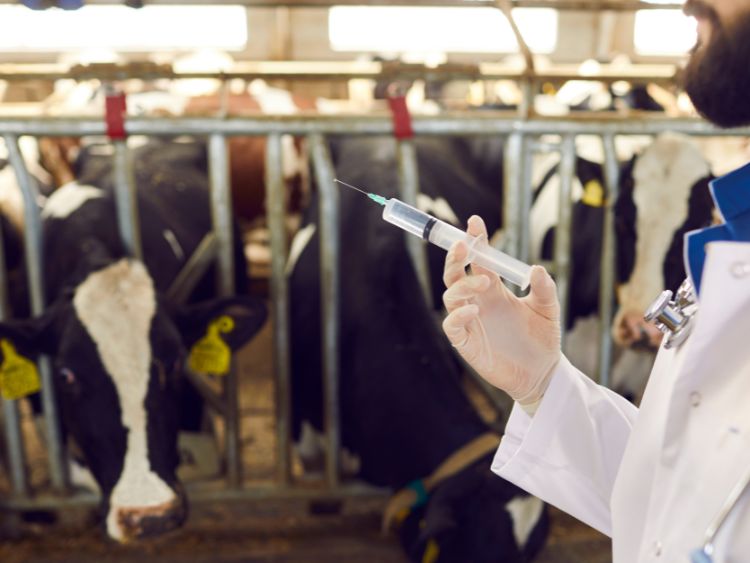When it comes to our beloved pets, their health and happiness are our top priorities. Among the myriad of decisions pet owners face, the choice to spay or not is paramount. Spay services not only contribute to controlling the pet population but also offer a range of health benefits that can lead to a longer, more vibrant life for our furry friends. Let’s embark on a journey to unravel the ins and outs of spay services, ensuring your pet receives the best care possible.
Why Spay?
Health Benefits
- Prevents unwanted pregnancies: It’s no secret that pet overpopulation is a significant issue. Spaying helps mitigate this problem, ensuring fewer homeless animals on the streets.
- Reduces the risk of certain cancers: Spaying your pet can drastically decrease their risk of developing uterine, ovarian, and even breast cancers.
- Curbs bad behavior: Pets that are spayed often show less aggression and are less likely to roam away from home, reducing the risk of accidents or fights.
Emotional and Social Benefits
- Spayed pets tend to be more focused on their human families.
- Reduces the stress associated with heat cycles in females.
Choosing the Right Spay Services
When it comes to selecting a spay service, not all are created equal. Here are some considerations to keep in mind:
- Experience and Reputation: Look for clinics with a solid track record.
- Aftercare Support: Ensure they offer comprehensive aftercare advice and support.
- Cost: Prices can vary widely; however, many communities offer low-cost options for those in need.
The Procedure Explained
Before the Procedure
- Consultation: Your vet will likely recommend a pre-surgery check-up.
- Fasting: Pets usually need to fast overnight before the surgery.
During the Procedure
- The surgery involves the removal of reproductive organs under general anesthesia.
- Monitoring: Veterinary staff will closely monitor your pet’s vitals throughout the process.
Aftercare
- Rest: It’s crucial for pets to rest in a quiet space after the surgery.
- Pain Management: Follow your vet’s advice on managing your pet’s pain.
FAQs
Q: At what age should my pet be spayed?
A: Most experts recommend spaying pets between 4 to 6 months of age, but it’s always best to consult with your vet.
Q: Is the procedure safe?
A: Yes, spay services are common veterinary procedures with a high success rate. However, as with any surgery, there are risks involved.
Q: How long does recovery take?
A: Recovery times can vary, but most pets are back to their usual selves within a week or two.
Summary
Spay services represent a critical decision in a pet’s life, offering numerous benefits ranging from health and behavioral improvements to contributing to the broader effort to reduce pet overpopulation. By choosing the right provider and understanding the procedure, aftercare, and the overall benefits, you’re not just making a choice for your pet; you’re making a responsible decision that impacts the larger community of pet owners and animals alike.
